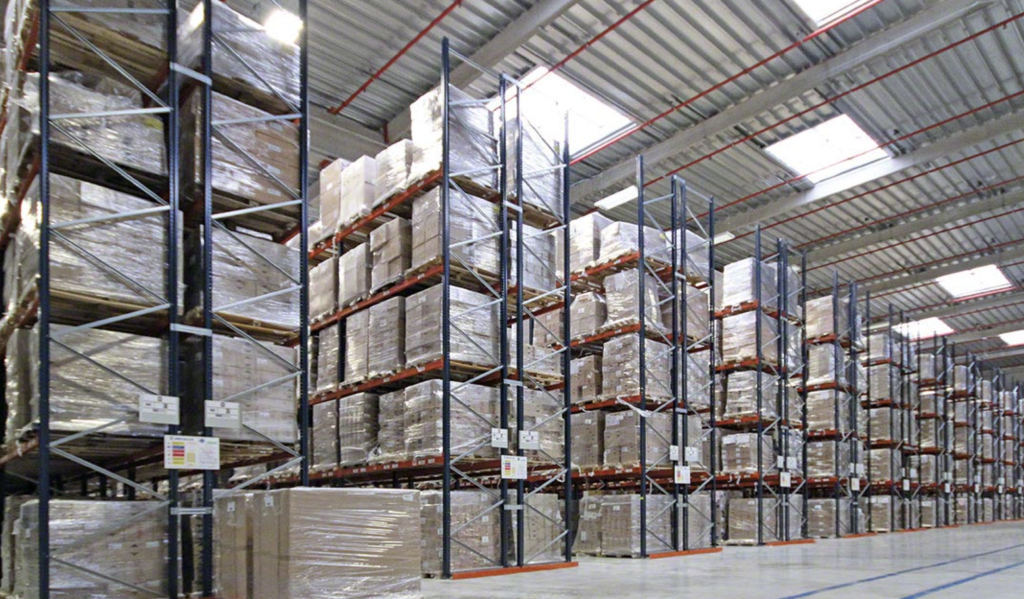Warehouse Safety Measures: The Need of the Hour

Warehouse and industrial premises are inherently risky places owing to the presence of heavy-duty equipment, fast-moving vehicles, and an array of hazardous materials. In such an environment, workplace accidents are not only common but can also lead to devastating consequences. According to a recent study, an estimated 2.8 million non-fatal workplace injuries and illnesses occur every year in the US alone, resulting in lost workdays, healthcare costs, and occupational compensation claims. Therefore, implementing appropriate safety measures and ensuring a secure work environment for employees is vital for the well-being of the entire workforce and the company as a whole.
Factors Leading to Warehouse Accidents
The primary factors leading to workplace accidents in industrial facilities include slip and fall incidents, equipment-related mishaps, hazardous chemical exposure, and musculoskeletal disorders from manual lifting and handling of heavy loads. Each of these incidents can have life-altering consequences, potentially leading to severe injuries, permanent disabilities, or even death. Warehouse accidents are not only traumatic for the people involved but they can also lead to legal liability and financial loss for the organization.
The Role of Automation in Reducing Workplace Injuries
The use of automation and innovative material handling systems can help mitigate the risks associated with warehouse operations. Automation can assist in the prevention of accidents by eliminating some of the manual labor involved in high-risk areas and integrating safety features into the design of the equipment. Advanced racking systems, such as pallet racking, can improve safety measures by reducing the need for manual handling of goods and increasing efficiency in the storage and retrieval process. Automated conveyors, forklifts, and cranes can prevent human errors and ensure the safety of workers while handling hazardous materials.
In addition, the use of real-time safety monitoring systems that integrate sensors and cameras can provide up-to-date safety information, enabling managers to identify and address potential hazards proactively. These safety monitoring systems can also assist in the early identification of worker injuries or emergency situations and streamline the dispatch of medical assistance.
Benefits of Implementing Safety Measures and Automation Systems
Implementing safety measures and automation systems in the workplace not only prevents accidents and injuries but also leads to several other benefits. These benefits include:
Increased Productivity: Automated material handling equipment can increase productivity by streamlining operations and minimizing downtime associated with worker injuries or accidents.
Improved Quality: Automation systems can improve product quality and consistency by reducing the likelihood of human error and ensuring that products meet the required specifications.
Reduced Operational Costs: Implementing safety measures and automation systems can reduce operational costs associated with medical claims, insurance premiums, and legal liabilities arising from workplace accidents.
A Safer and Healthier Work Environment: Implementing safety measures and automation systems can lead to a safer and healthier work environment, reducing absenteeism, increasing morale, and improving employee retention.
Conclusion
In conclusion, workplace safety and automation are two intertwined concepts that can significantly impact the success of industrial operations. Companies need to invest in comprehensive safety measures and automation systems to mitigate the risks associated with warehouse accidents, increase productivity, and promote a healthier work environment. The integration of advanced racking systems, automated material handling equipment, and real-time safety monitoring can enhance the safety and efficiency of industrial operations and reduce the likelihood of worker accidents and injuries. Companies that prioritize safety and automation will not only safeguard their employees' health and wellbeing but also ensure their long-term sustainability and profitability.